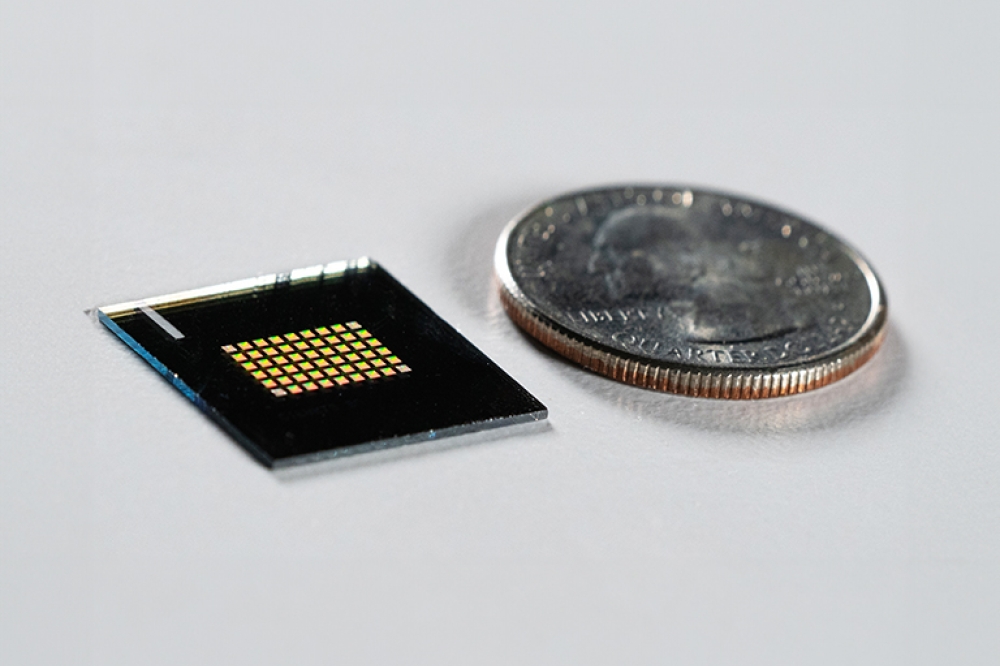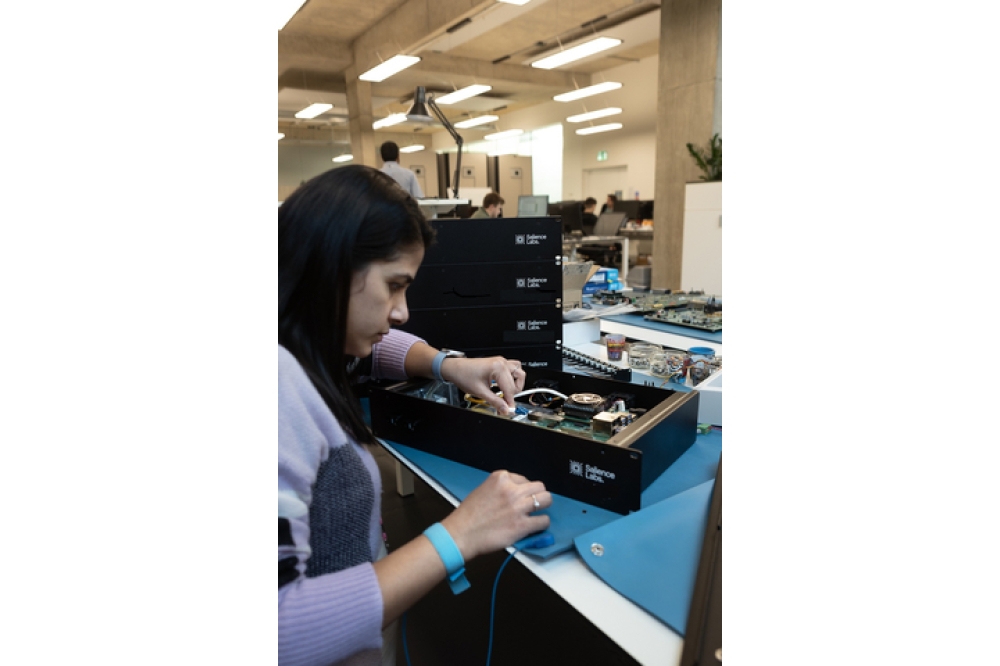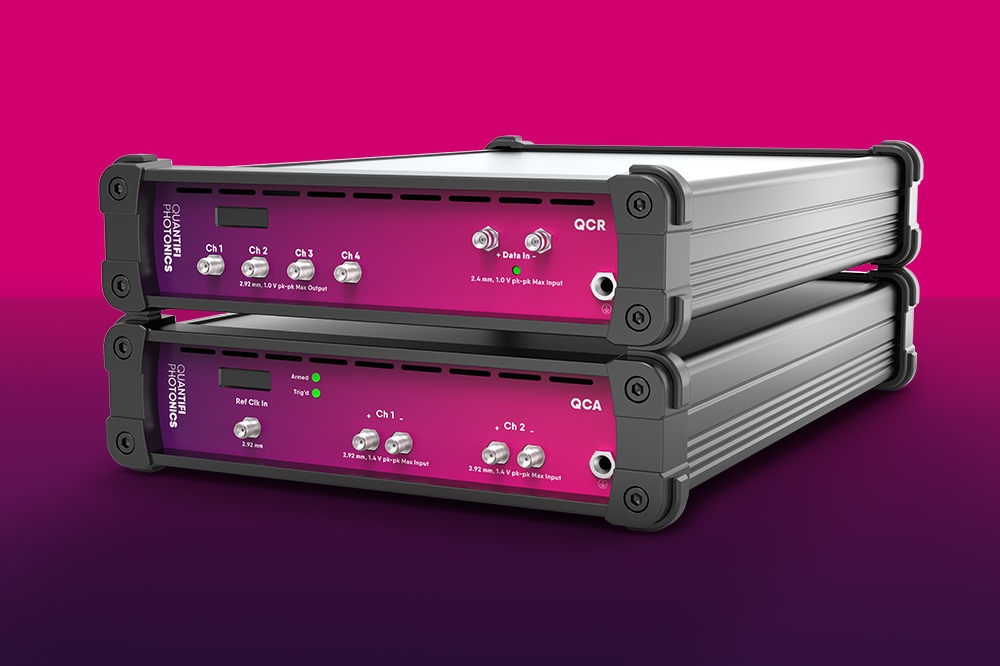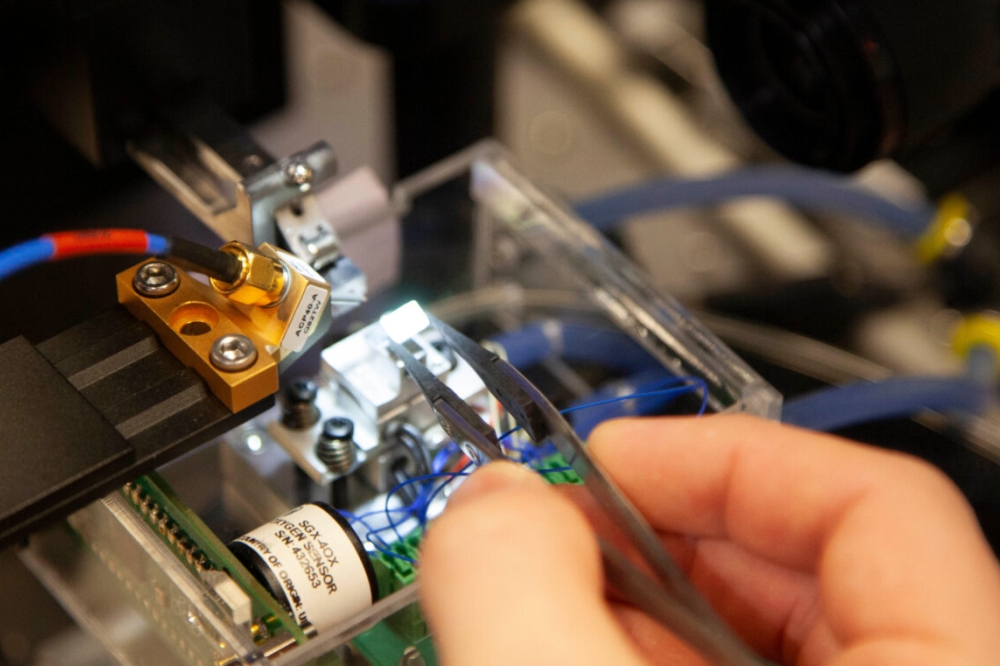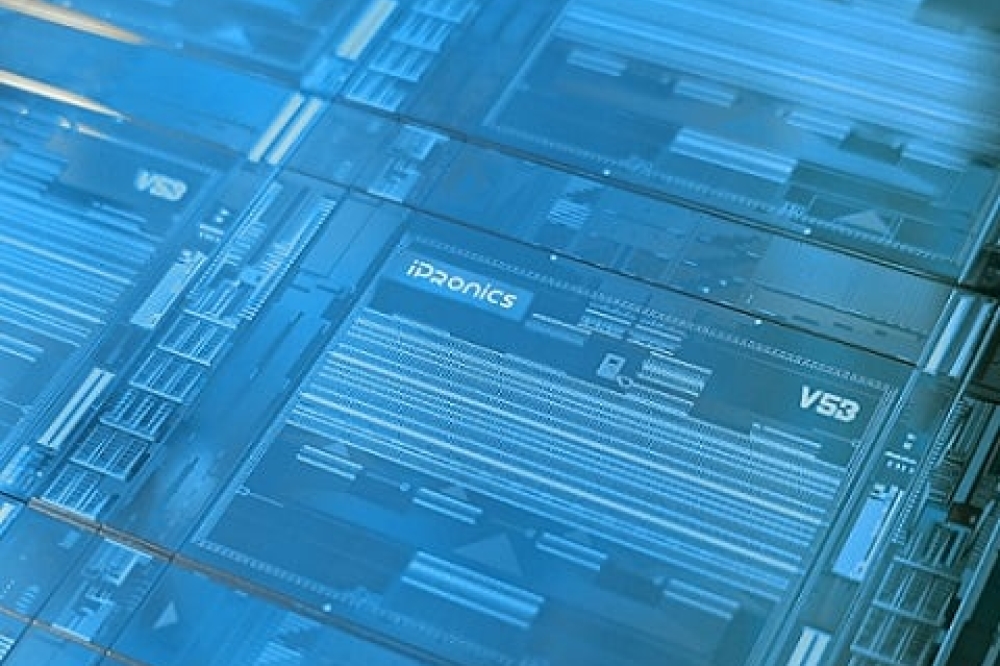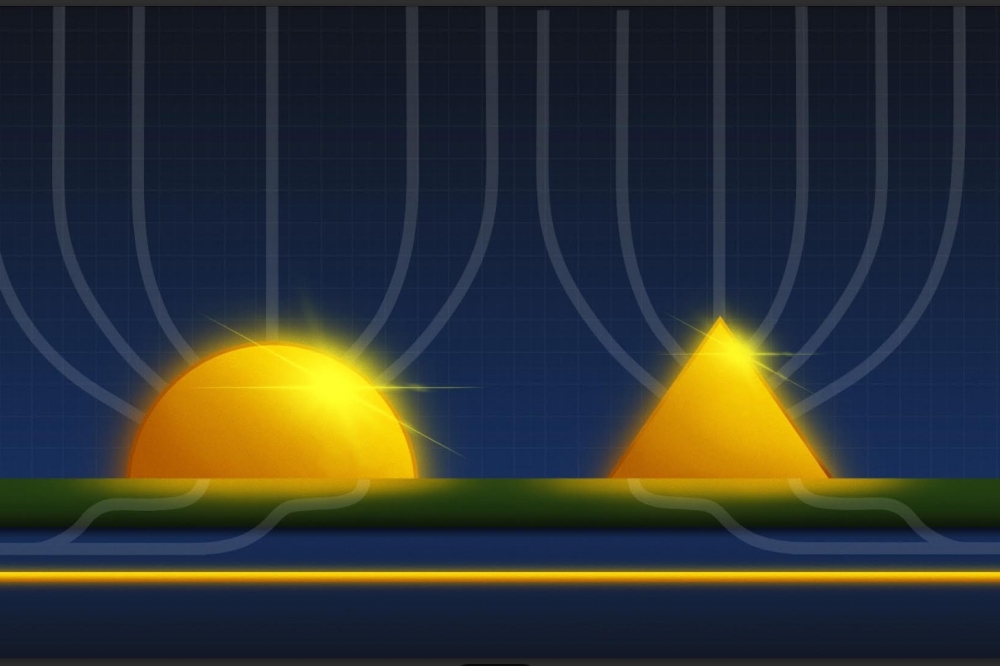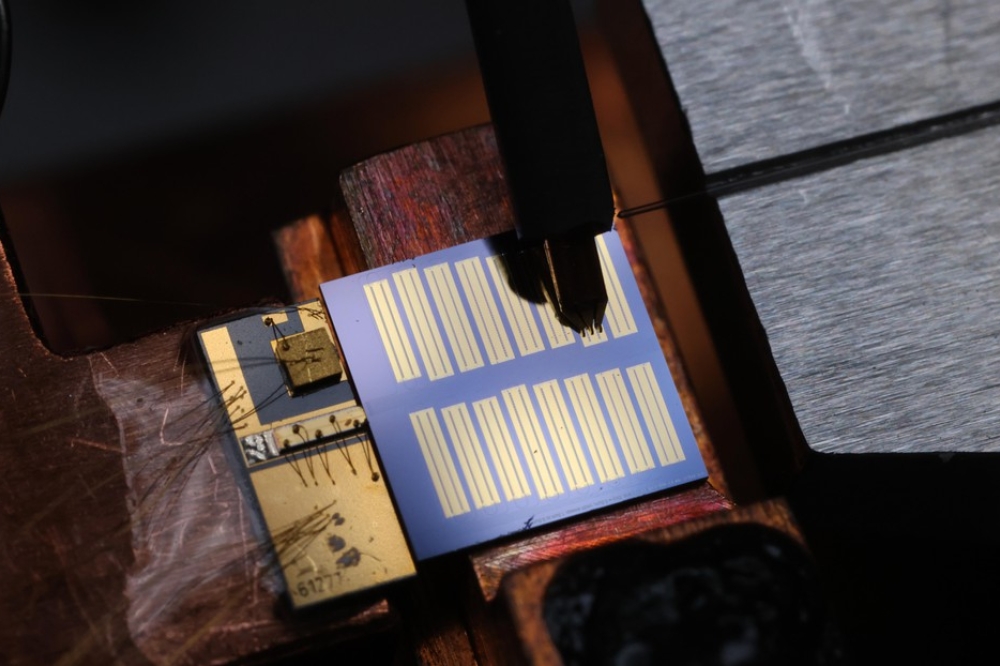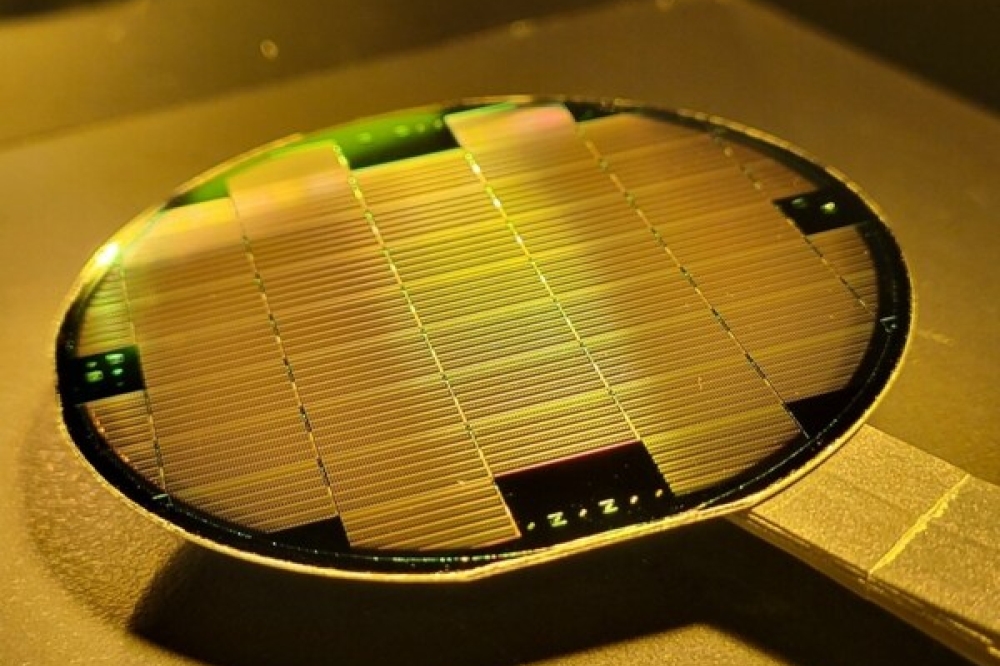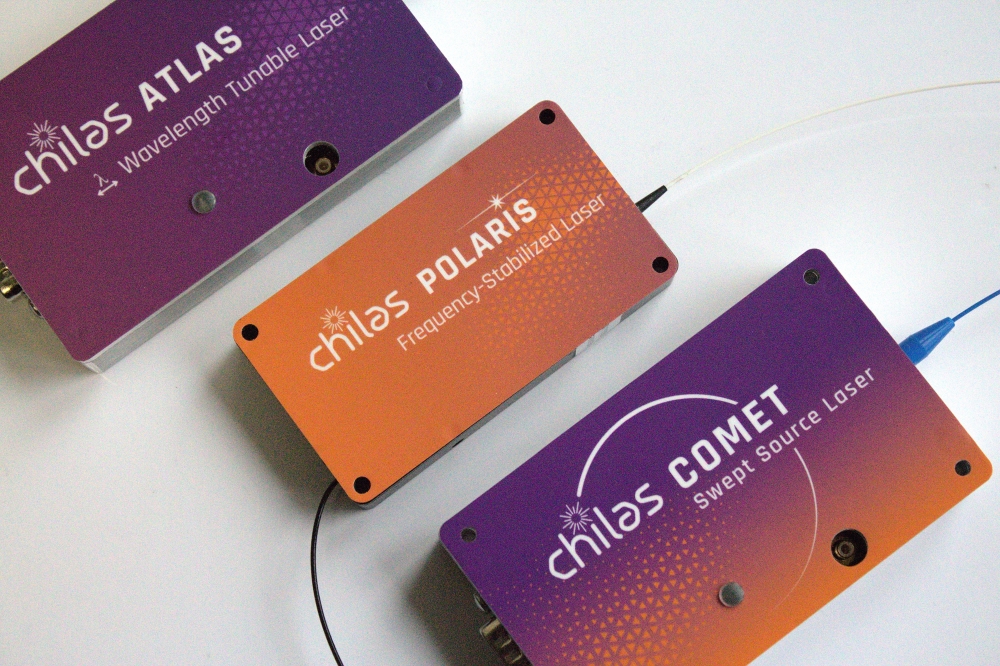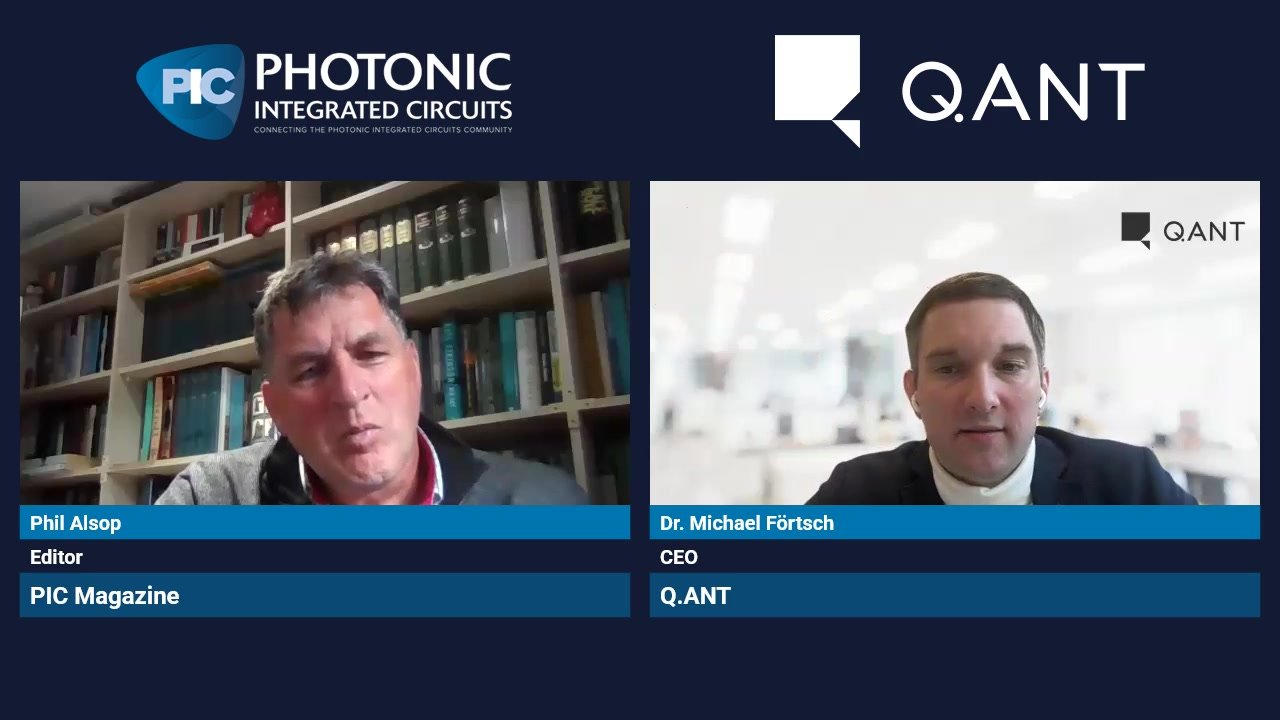Microcomb chips for miniaturised optical atomic clocks

Researchers have reported a development using microcombs to make ultra-precise optical atomic clocks significantly smaller and more accessible, potentially paving the way for a thousandfold improvement in timekeeping and location accuracy in consumer devices
Today, our mobile phones, computers, and GPS systems can give us very accurate time indications and positioning thanks to the over 400 atomic clocks worldwide. All sorts of clocks, from mechanical watches to smartwatches, are made of two parts: an oscillator and a counter. The oscillator provides a periodic variation of some known frequency over time while the counter counts the number of cycles of the oscillator. Atomic clocks count the oscillations of vibrating atoms that switch between two energy states with very precise frequency.
Most atomic clocks use microwave frequencies to induce these energy oscillations in atoms. In recent years, researchers in the field have explored the possibility of using lasers instead to induce oscillations optically. Just like a ruler with a great number of ticks per centimetre, optical atomic clocks make it possible to divide a second into even more time fractions, resulting in thousands of times more accurate time and position measurements.
“Today's atomic clocks enable GPS systems with a positional accuracy of a few metres. With an optical atomic clock, you may achieve a precision of just a few centimetres,” says Minghao Qi, a professor from Purdue University and co-author of a new study published in Nature Photonics. “This improves the autonomy of vehicles, and all electronic systems based on positioning. An optical atomic clock can also detect minimal changes in latitude on the Earth's surface and can be used for monitoring, for example, volcanic activity.”
However, the optical atomic clocks that exist today are bulky and require complex laboratories with specific laser settings and optical components, making it difficult to use them outside lab environments, such as in satellites, remote research stations, or drones. Now, a research team at Purdue University, and Chalmers, has reported a technological development that they say makes optical atomic clocks significantly smaller and accessible for more widespread use in society.
System miniaturised by microcombs
The core of the new technology described in the study, are small, chip-based devices called microcombs. Like the teeth of a comb, microcombs can generate a spectrum of evenly distributed light frequencies. “This allows one of the comb frequencies to be locked to a laser frequency that is in turn locked to the atomic clock oscillation,” explains Qi.
While the optical atomic clocks offer much higher precision, the oscillation frequency is in the range of hundreds of THz – a frequency too high for any electronic circuits to “count” directly. But, according to the researchers, their microcomb chips were able to solve the problem, while enabling the atomic clock system to shrink considerably.
“Fortunately, our microcomb chips can act as a bridge between the optical signals of the atomic clock and the radio frequencies used to count the atomic clock’s oscillations,” says Victor Torres Company, professor of photonics at Chalmers and co-author of the study. “Moreover, the minimal size of the microcomb makes it possible to shrink the atomic clock system significantly while maintaining its extraordinary precision.”
Another major obstacle has been simultaneously achieving the “self-reference” needed for the stability of the overall system and aligning the microcomb's frequencies exactly with the atomic clock's signals.
“It turns out that one microcomb is not sufficient, and we managed to solve the problem by pairing two microcombs, whose comb spacings, i.e. frequency interval between adjacent teeth, are close but with a small offset, e.g. 20 GHz,” says Kaiyi Wu, lead author of the study at Purdue University. “This 20 GHz offset frequency will serve as the clock signal that is electronically detectable. In this way, we could get the system to transfer the exact time signal from an atomic clock to a more accessible radio frequency.”
Chip-based laser optics
The new system also includes integrated photonics, which uses chip-based components rather than bulky laser optics.
“Photonic integration technology makes it possible to integrate the optical components of optical atomic clocks, such as frequency combs, atomic sources and lasers, on tiny photonic chips in micrometre to millimetre sizes, significantly reducing the size and weight of the system,” says Wu.
The scientists say this innovation could pave the way for mass production, making optical atomic clocks more affordable and accessible for a range of applications in society and science. The system that is required to “count” the cycles of an optical frequency requires many components besides the microcombs, such as modulators, detectors and optical amplifiers. While the team say their study solves an important problem and shows a new architecture, the next steps are to bring all the elements necessary to create a full system on a chip.
“We hope that future advances in materials and manufacturing techniques can further streamline the technology, bringing us closer to a world where ultra-precise timekeeping is a standard feature in our mobile phones and computers,” says Company.



